My first contact point with my tutors was helpful and gave me a chance to collect my thought so far on my work.
My focus is to keep on track with my statement of intent and question my outcomes more often. Using "what's the point?" after each pit stop might be harsh but it seems to keep my work on track if I'm harsher about what I am creating.
During my contact point, we discussed my initial processing code for churning out the grid of frames dictated by the noise function. Because I was using processing's video library my sketch was lagging, which worked for single images but didn't allow me to see the flow of the sketch without bringing single frames into editing software.
Paul suggested that instead of loading a video into the processing sketch I would be better loading a folder of images containing frames of whichever film I wished to use due to problems with Processing's capabilities using video.
-------------
By using sequences which contain a significant change in contrast from start to finish, we can clearly see the patterns within the mosaic.
Being able to also view the sketch as a moving image helped the sketch seem more finalised and concrete.
The type of media I use is vital to communicate this idea. On one hand, contextually, I want it to coincide with my previous exploration and ideas, but I also was looking for content-rich in gradual gradient and contrast changes.
The below examples depict a scene from Blade Runner. The scene contains many contrasting shots and shows clearly the pattern in which these frames make.
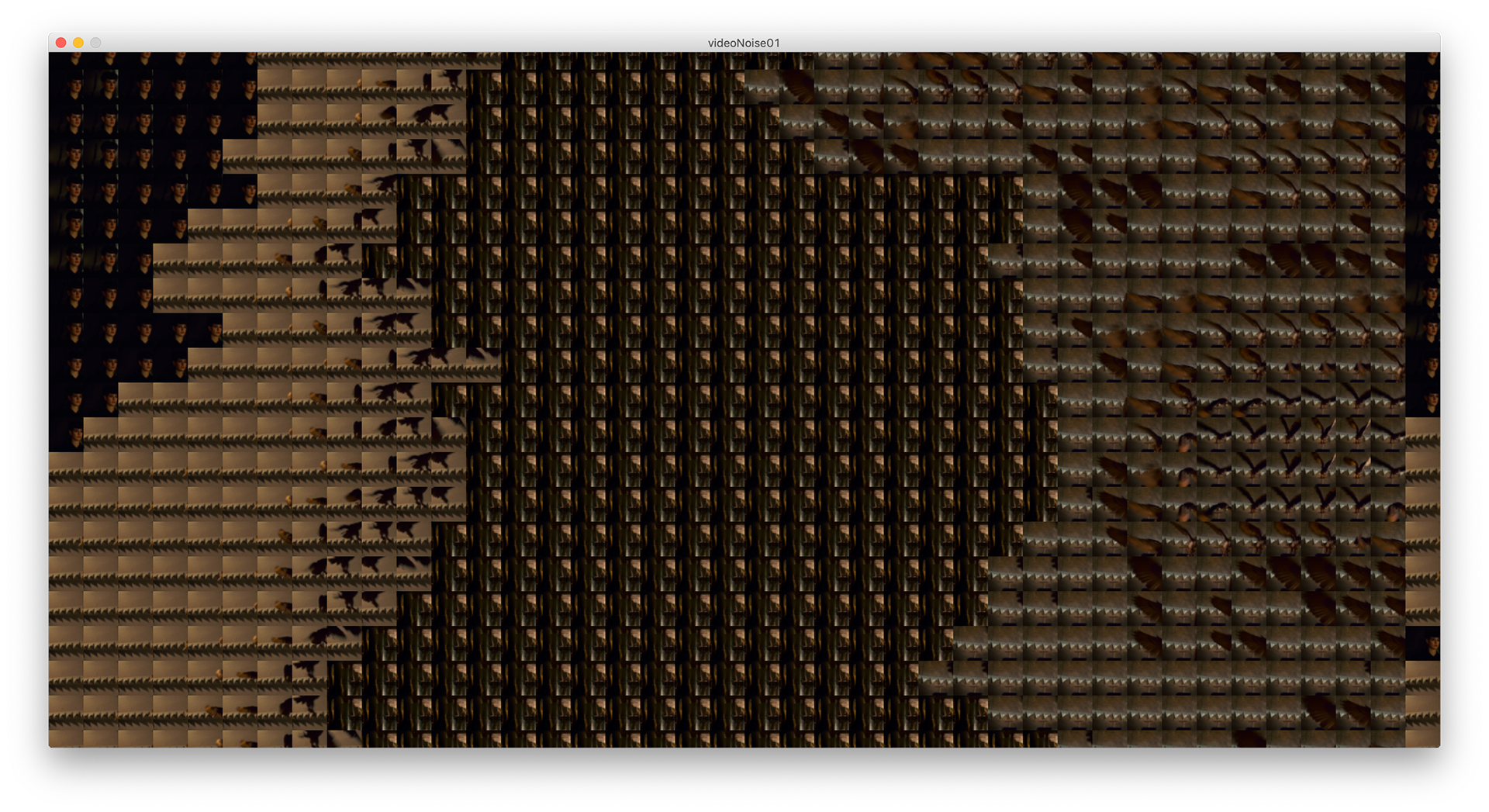
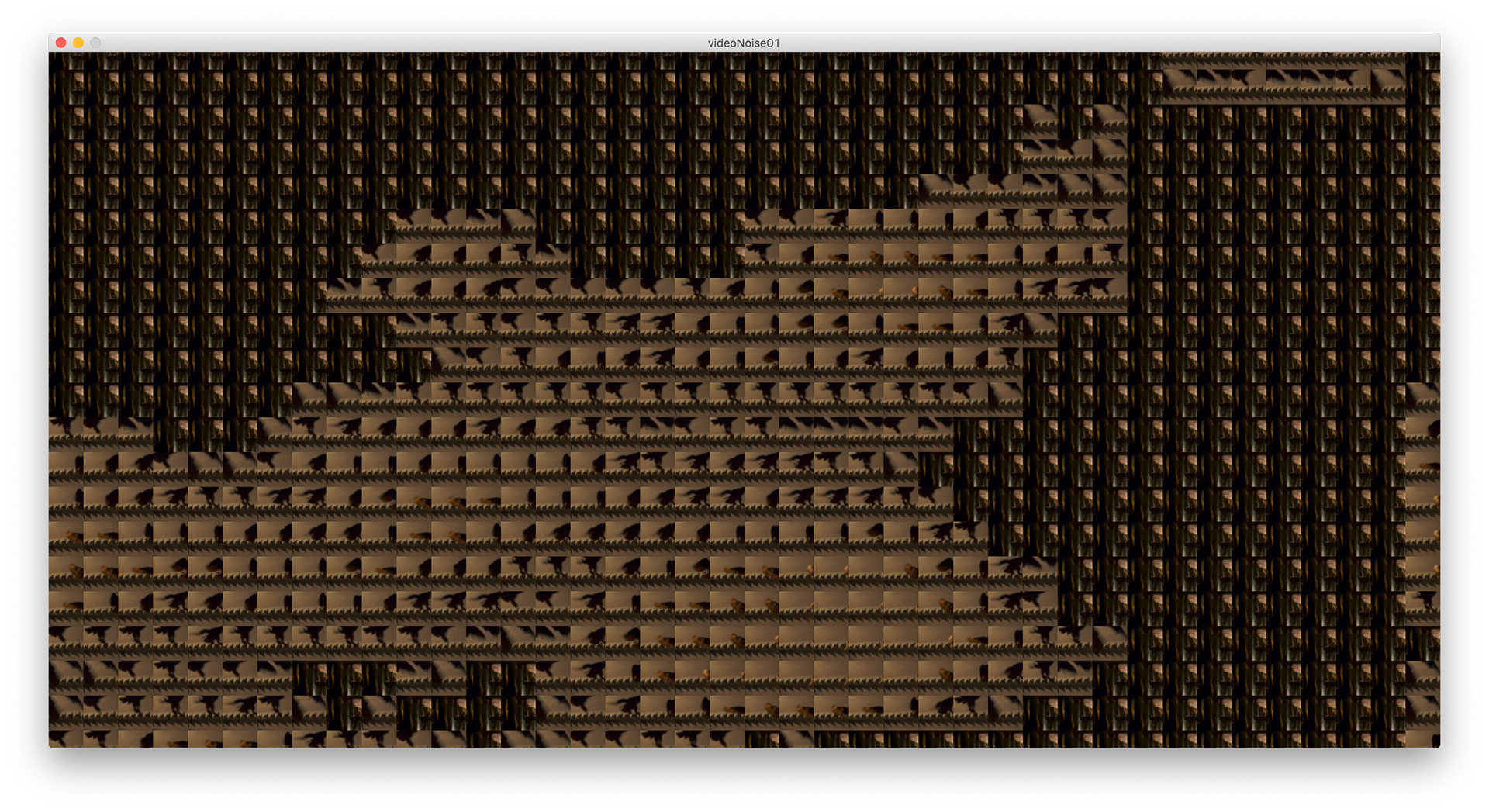


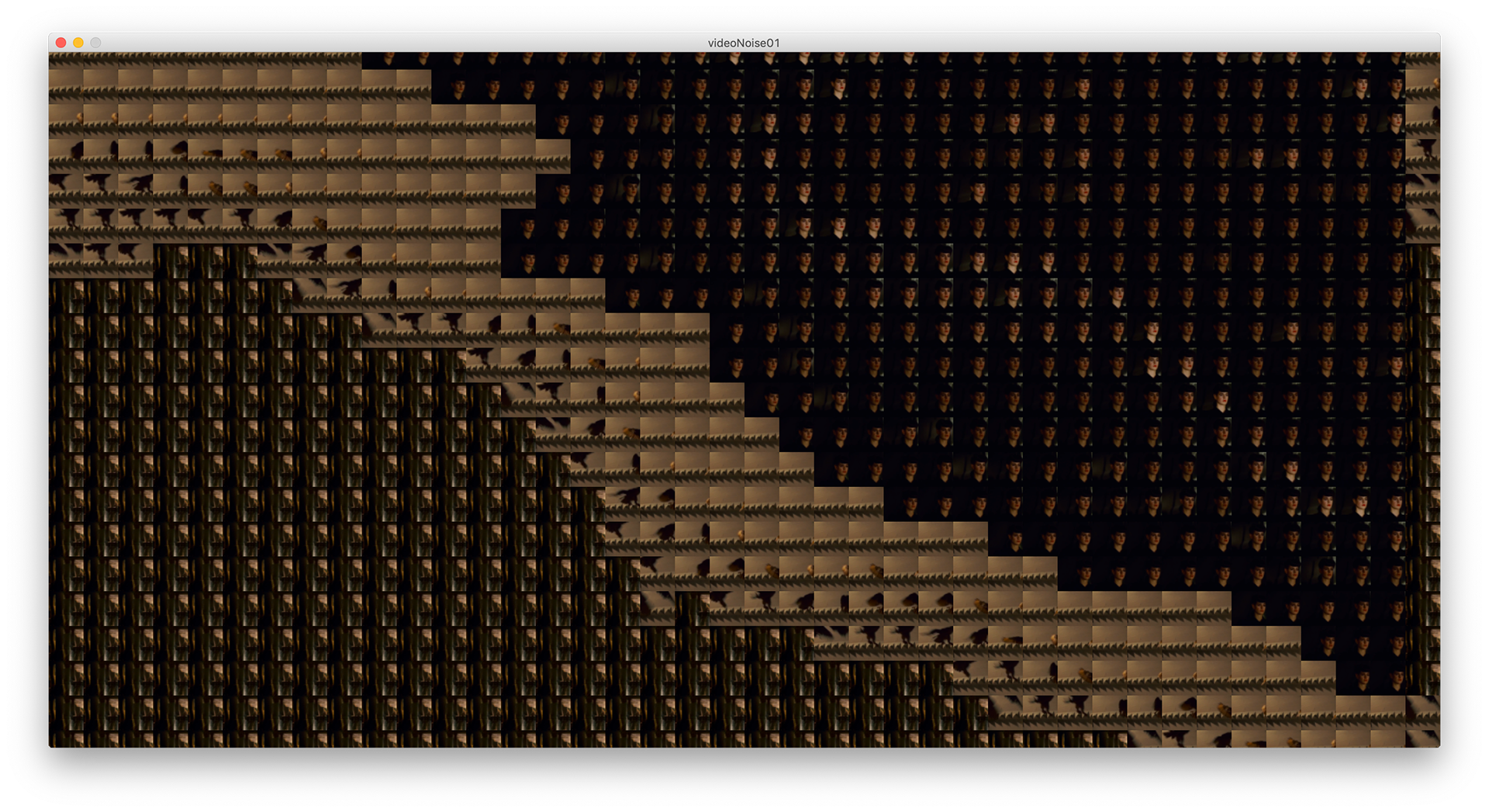

I think what's really interesting about this piece of code development is the instantaneous movement throughout the sketch window of the series of frames. Considering the previous sketch I wrote was lagging due to processing's video library. It left me with a rough idea of what it would look like but wasn't quite the polished endpoint I hoped to get to.
Thinking about these examples contextually it goes back to the initial idea of letting
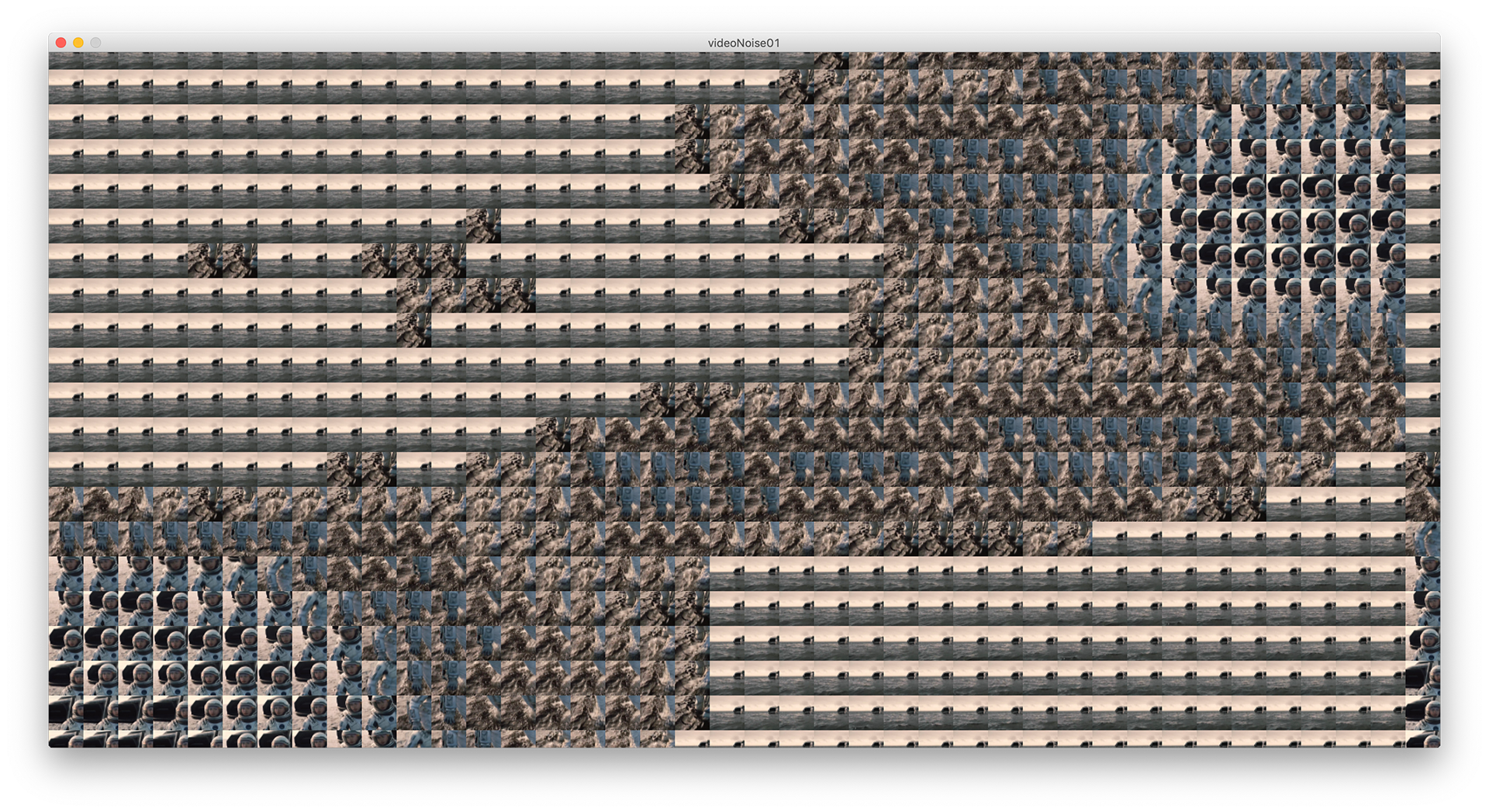
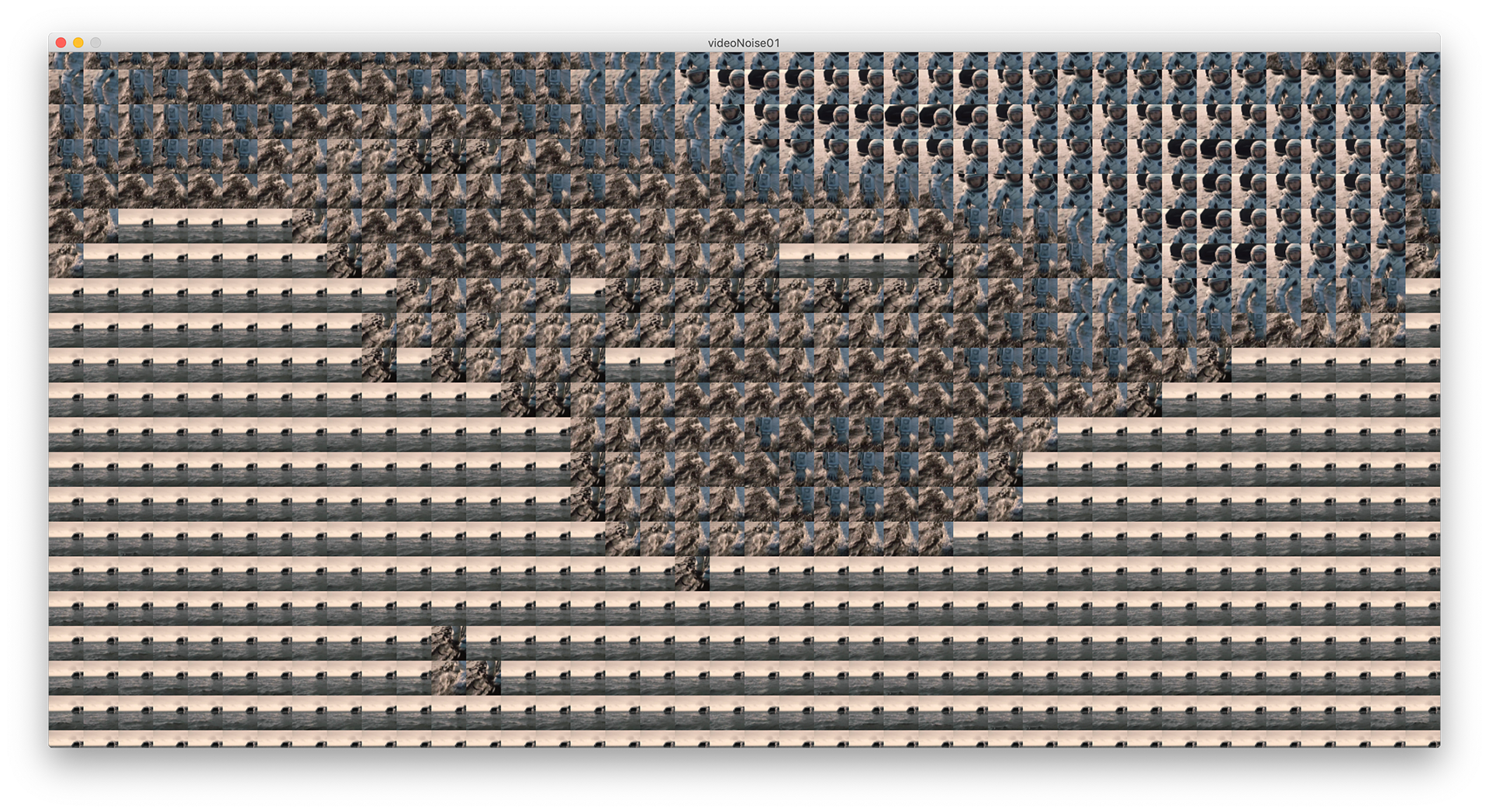
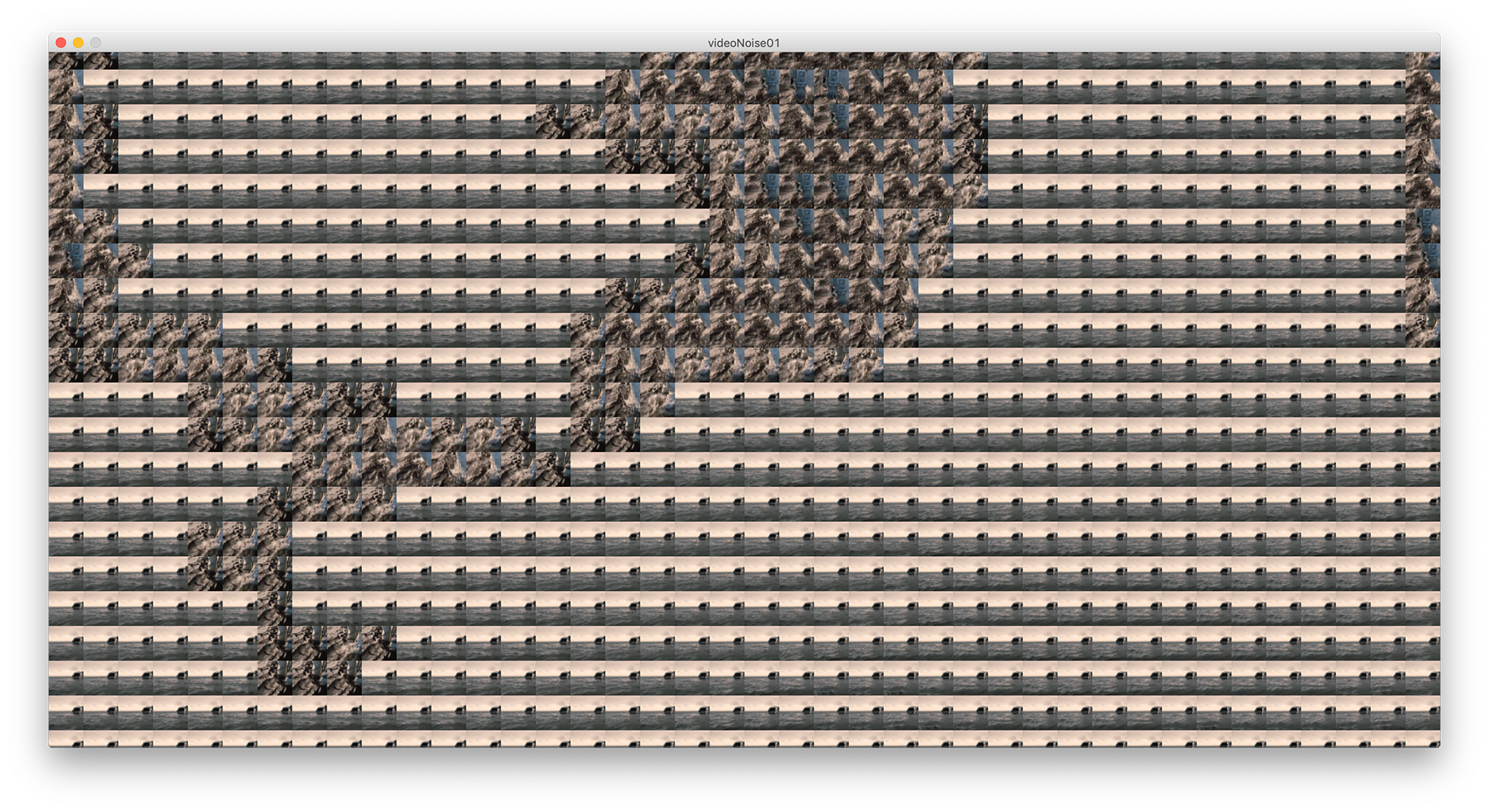

I wanted to create a more subtle shift in frames to create a smoother more gradual transition. I knew I should avoid scenes with changing camera shots and focus more on a gradual tonal or colour shift in a scene.
This is an example of a failed attempt at what I hoped to achieve. Using a short section of the time travel sequence in 2001 A Space Odyssey, I realised quickly I had not only to consider the media as a whole but also trial and error test which scenes work best.
This scene was too dark with not enough bold changes throughout. If you play the film below and look closely you can see slight strips of colour appear and disappear.
Too much black or white in a scene making the effect almost invisible.
Creating something with an endless loop is always an interesting take on film which is usually only portrayed linearly. By taking a scene such as this one from Interstellar allows this idea of time to become relevant to the audience. By turning film into these large mosaics they leave these maps of non-linear sequences.
When we consider video we consider a two-dimensional format with an X and Y coordinate.
Going back to basics, video is a series of images displayed at a framerate to create the illusion of motion. A video is really just a collection of images.
So video is not just defined by two dimensions (x and y) it is also defined by a temporal one. Video is not just determined by where it is but also when it is.
The video above includes a small example of this referring to an MRI scan, in which a 3D scan is translated into a video by translating this 3rd dimension into time.
Substituting depth for time we begin to view these series of images differently.
This is usually referred to as time displacement. The idea is that we are no longer viewing these series of images in the linear format they were intended for, We can see different time stamps of a piece of film at once.
My experiments above also relate to this idea. By taking Dawes' familiar Cinema Redux format and manipulating the information's linearity to create these cross-sections of time represented in clips of the film.
The films I am going to use for this section all have strong ties to the themes of memory and time. They all portray some philosophical hints in relation to life as a process we must travel through. By manipulating the travelling through of these scenes we contemplate them for longer and begin to see new patterns evolving.
By using Cgmatter's Time Displacement Material in Blender it allows easy access to create this effect without much hassle.
Above you can see clunky lines throughout the image. This is due to a lower framerate. For best results using a time displacement technique the higher the frame rate the better and smoother the video with appear.
Below is a short example from Interstellar of how this effect works.
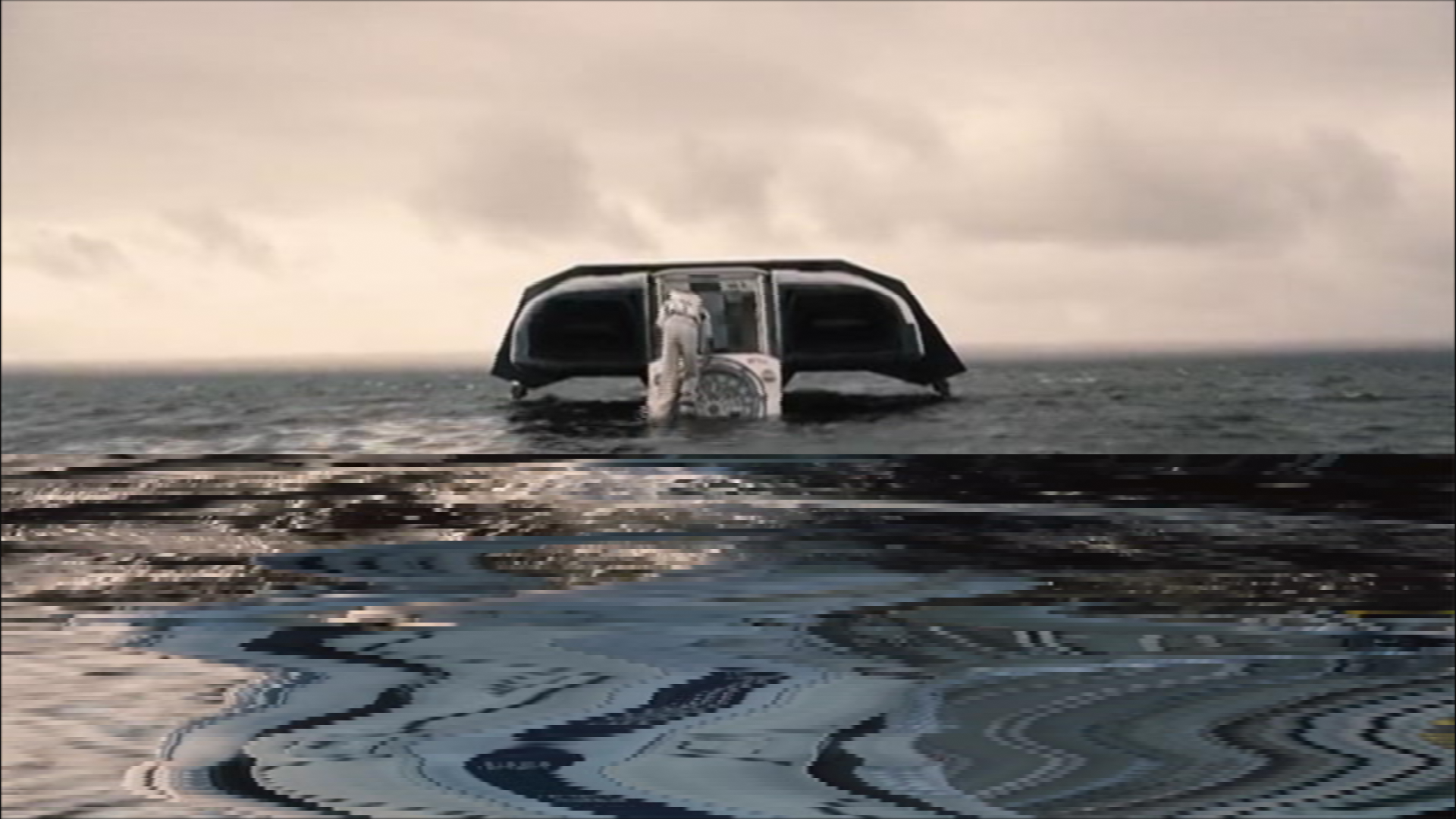
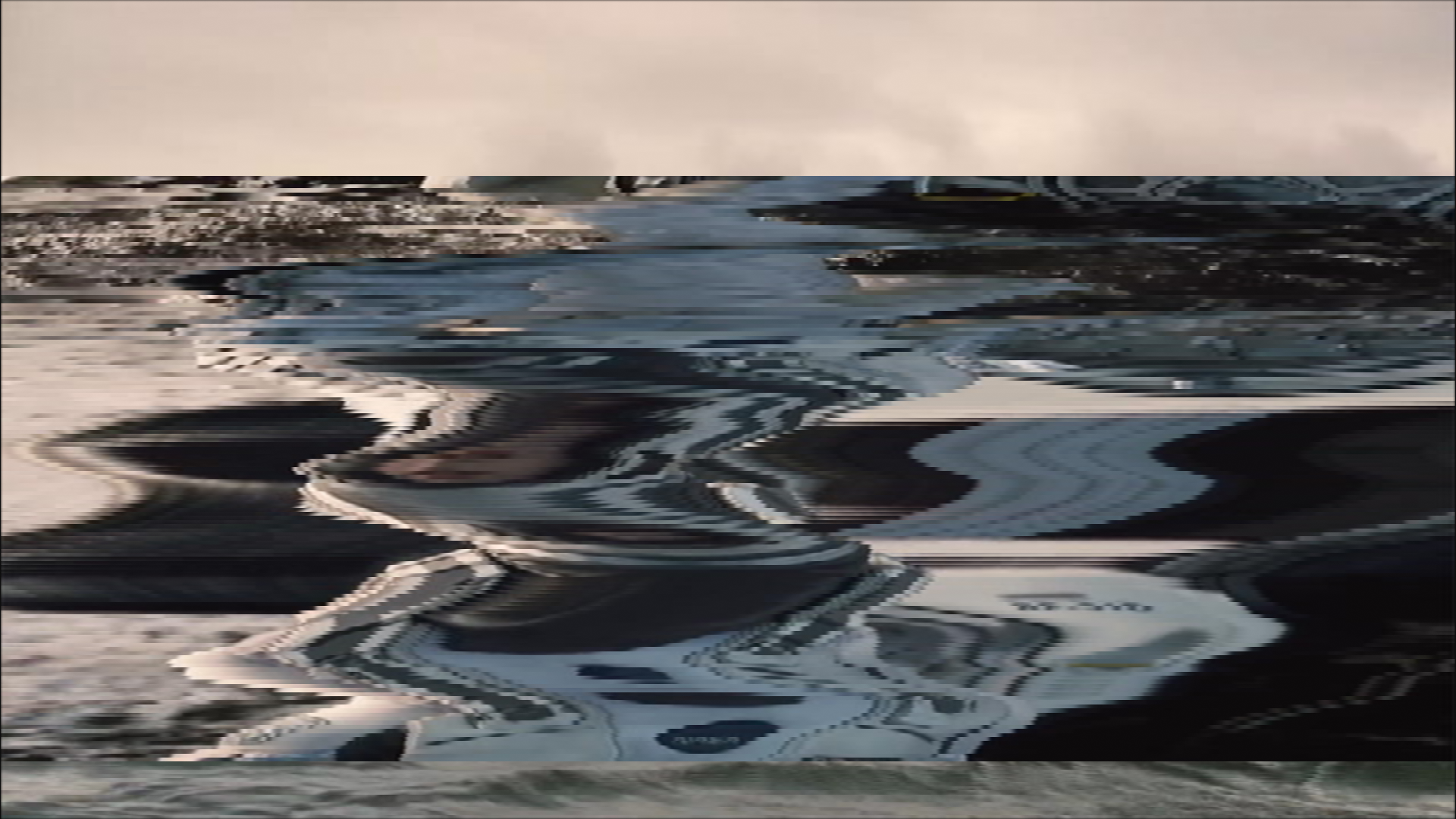
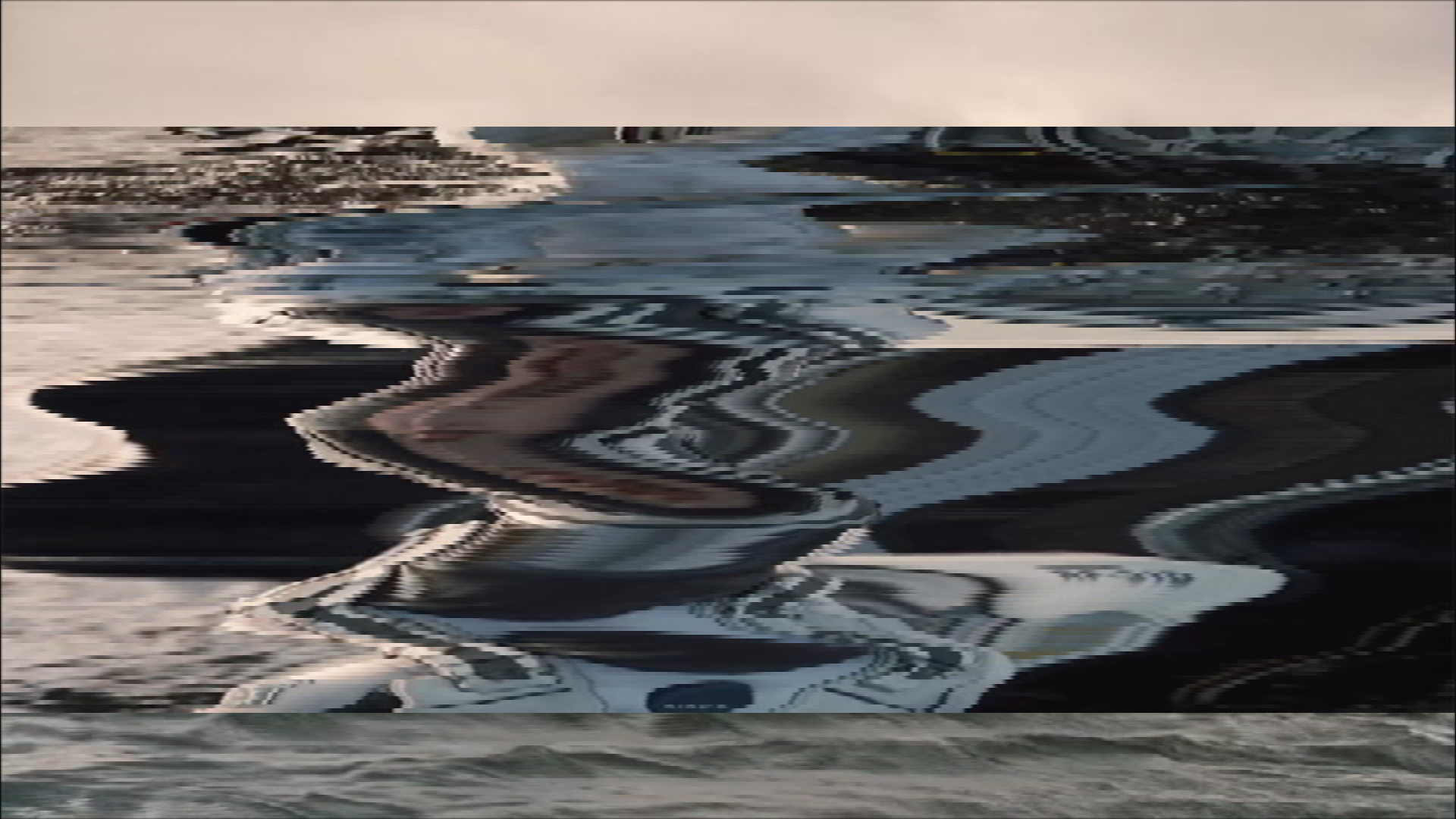
Relating this to my earlier Processing work with the noise grid, we are left with a similar outcome. This idea of time being twisted and changed. We can begin to see these as abstract data visualisations.
We are familiar with film in the context of a full-screen, rapid sequence of individual images, but when we begin to manipulate these frames and sequences using a time-displacement or slit-scan technique, whether digitally or the device itself we are presented with different tools whilst interpreting the scene unfolding. We begin to take a step back from the usual portrayal and gain a different perspective of time in these scenes. By leaving evidence on the screen of movements and events over a period of time we are purposefully disfiguring a film's linearity. When we think of time as three dimensional, it is not an automatic relation. If we consider time as the third dimension then we can manipulate these images and create imagery which symbolises the flow and distance of time. By manipulating these motions within these familiar scenes they leave an abstract road map to the flow. The deformed movements and images create a prolonged state. We see multiple time stamps at once. Their course in time becomes visible in space.
The Fourth Dimension by Zbig Rybczynski
What I love in particular about using 2001 as a main media source are the patient, static shots that are given so much care and attention. These scenes are so rich in colour, contrast and composition and it's very much so a visual experience. Not only is the film rich in its contents but also its beliefs.
Applying the same context concerning these frames considered in a 3D space, 2001 is also thematically aligned. Although driven by philosophical and spiritual themes it also deals heavily with the idea of time: time and its relevance to nature and the life cycle. This depiction of linear time is communicated through the mysterious monolith which reincarnates human beings.
This linear piece of storytelling is given a new perspective when manipulated, as seen below.
Observing these ranges of time gives us insight into what has been and what's to come in an abstract, trippy stylisation that fits the film's tone.
I achieved the below examples through After Effects as I felt I was unable to have much control with the Blender time displacement material. However, it helped me understand the third dimension of moving image better when applied to the Z axis.
I began to think of these works and how they all relate back to one another. This idea of adding a 3rd dimension to film was something I previously looked upon. Time being the third dimension changes the way we consider these arrays of frames.
It's important to note these as data visualisations. By using films as data and driving them through a section of code for example we are given an insight into the past, present and future all at once. The become symbolic of our own time and how we spend it.
----------------------
After this I wanted to consider how to display these kinds of works and although I think there is something admirable about bringing digital back to reality, by using real materials and seeing these works off a screen, there is also something interesting about displaying them like a cinematic experience.
Not only are the grids detailed enough that large scale would allow viewers to focus on particular points or watch the changes happen as a whole.

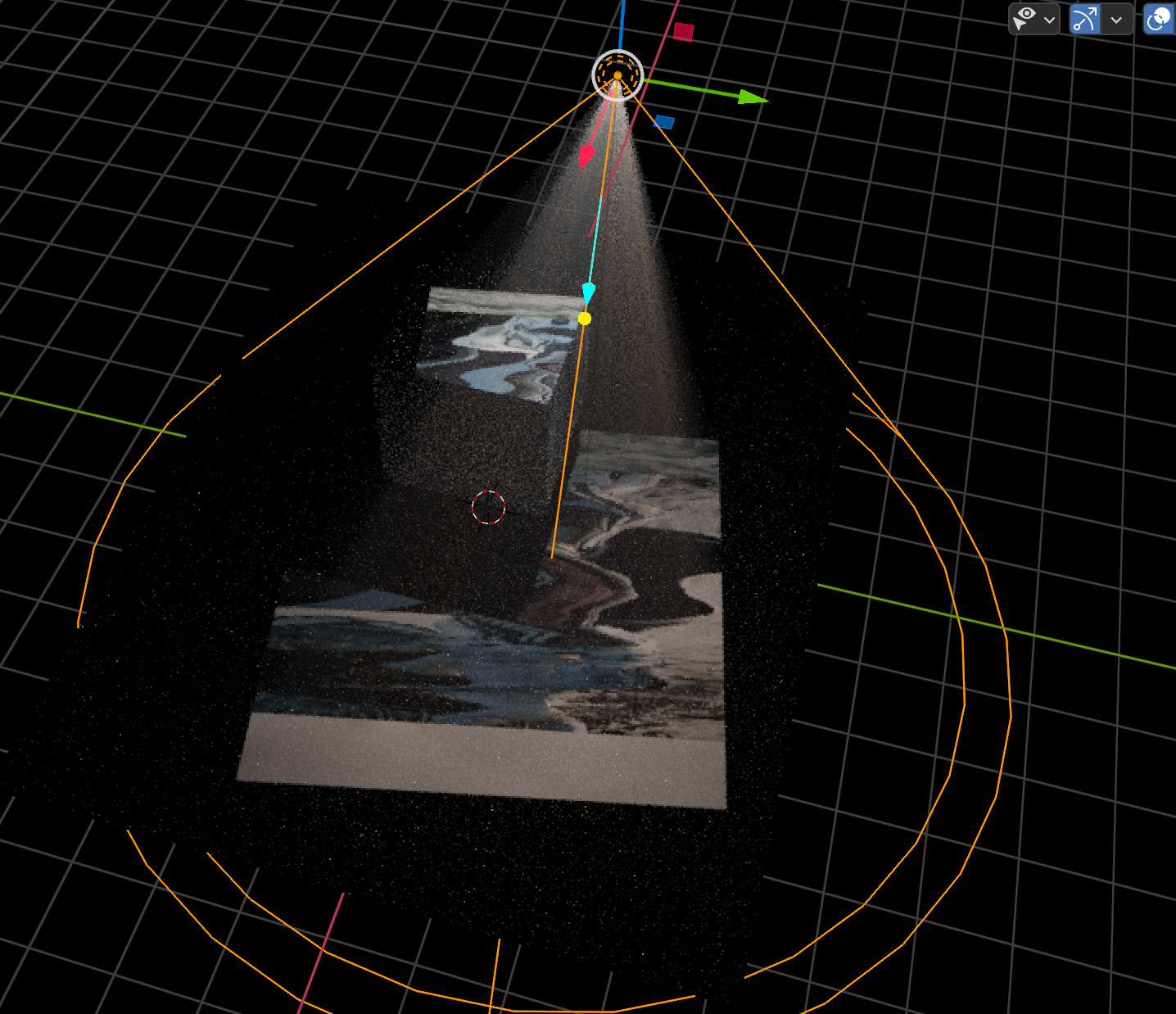

By using Blender, I managed to create a much more realistic render of a projector than in unity which I had been using due to its real-time ability.
The idea of a dark room staged with a single projection for me relates back to this cinematic experience and our ability to ignore time much more easily and bring the idea full circle as it symbolises the data itself in an authentic format
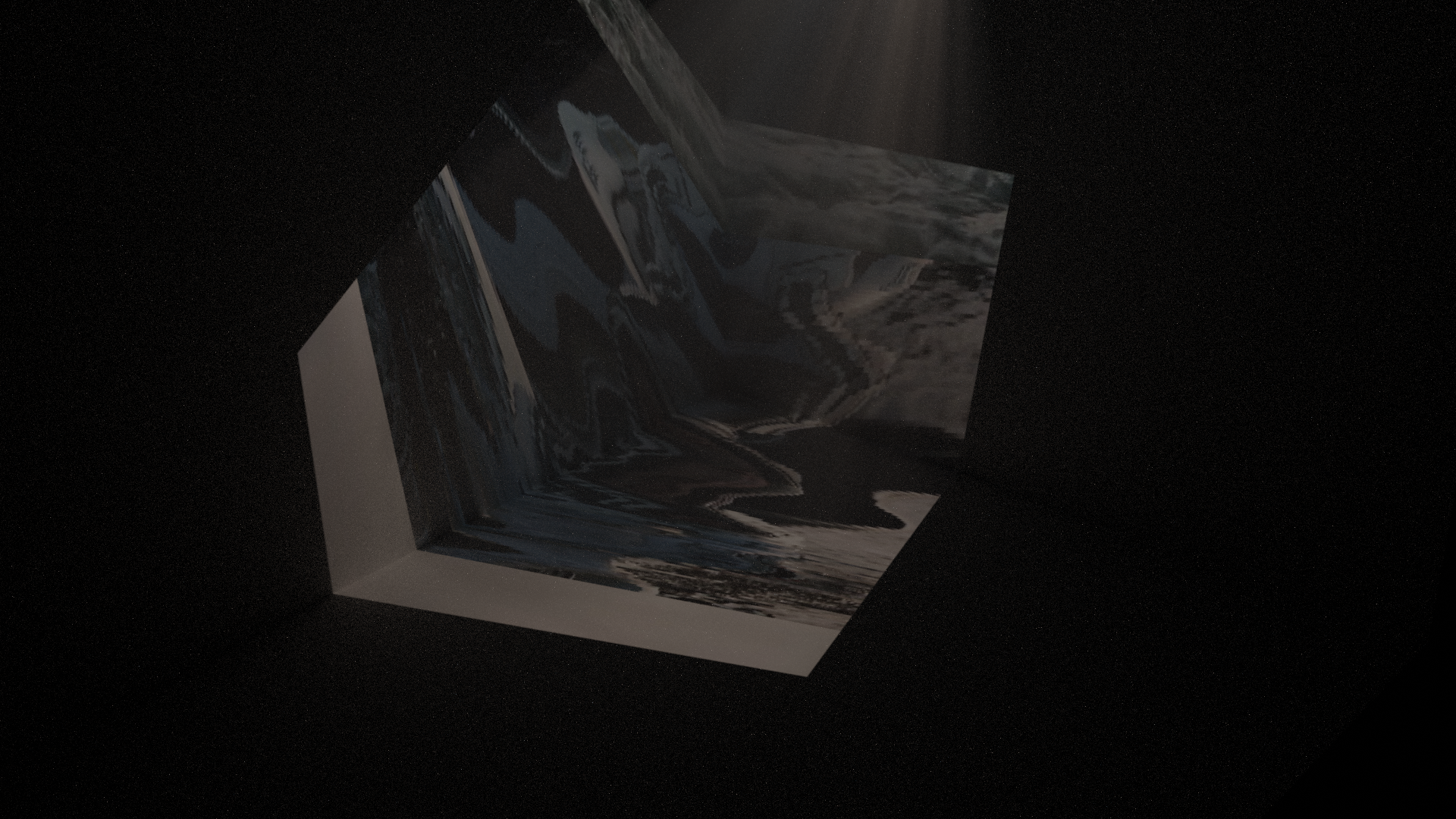

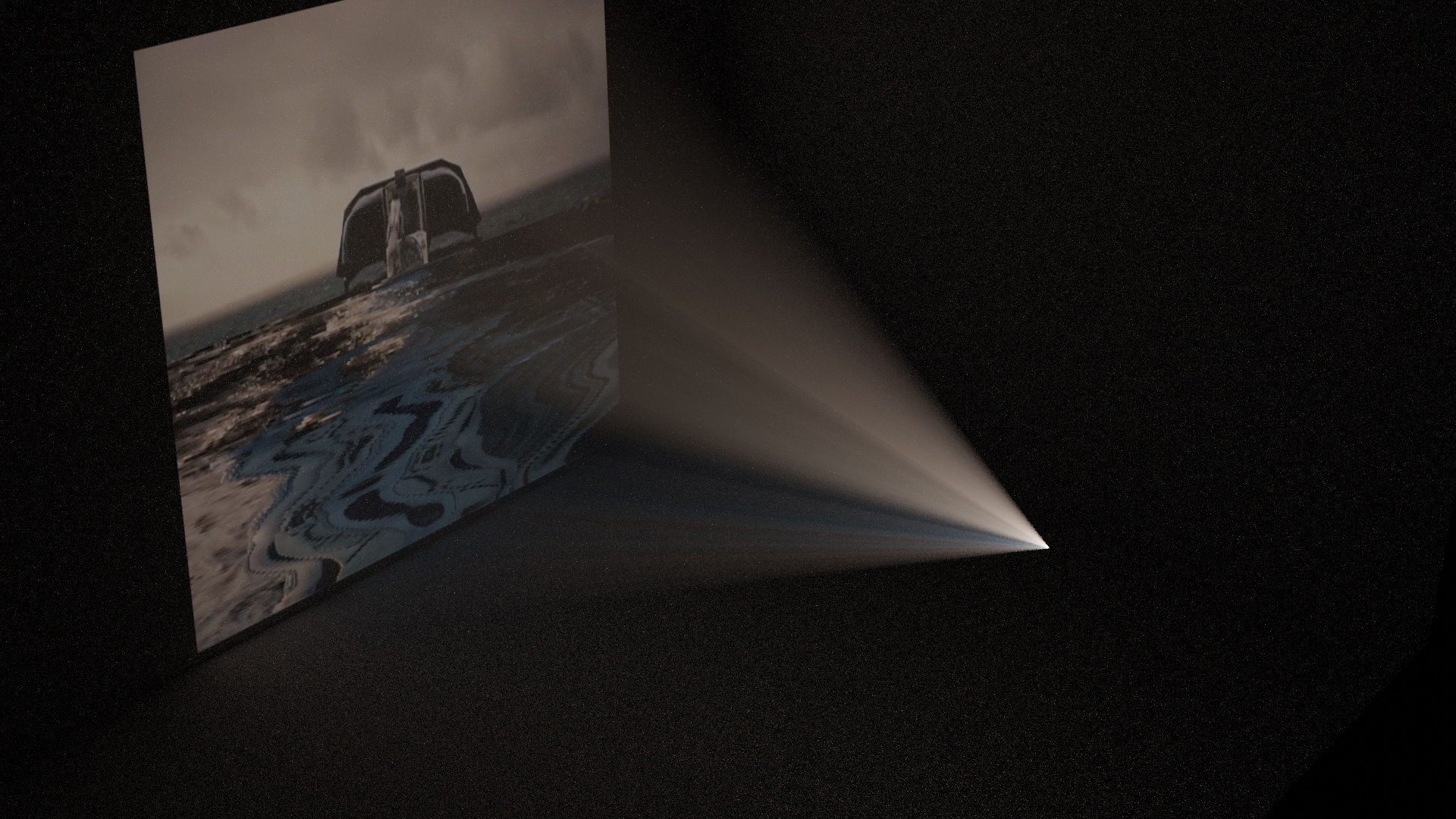

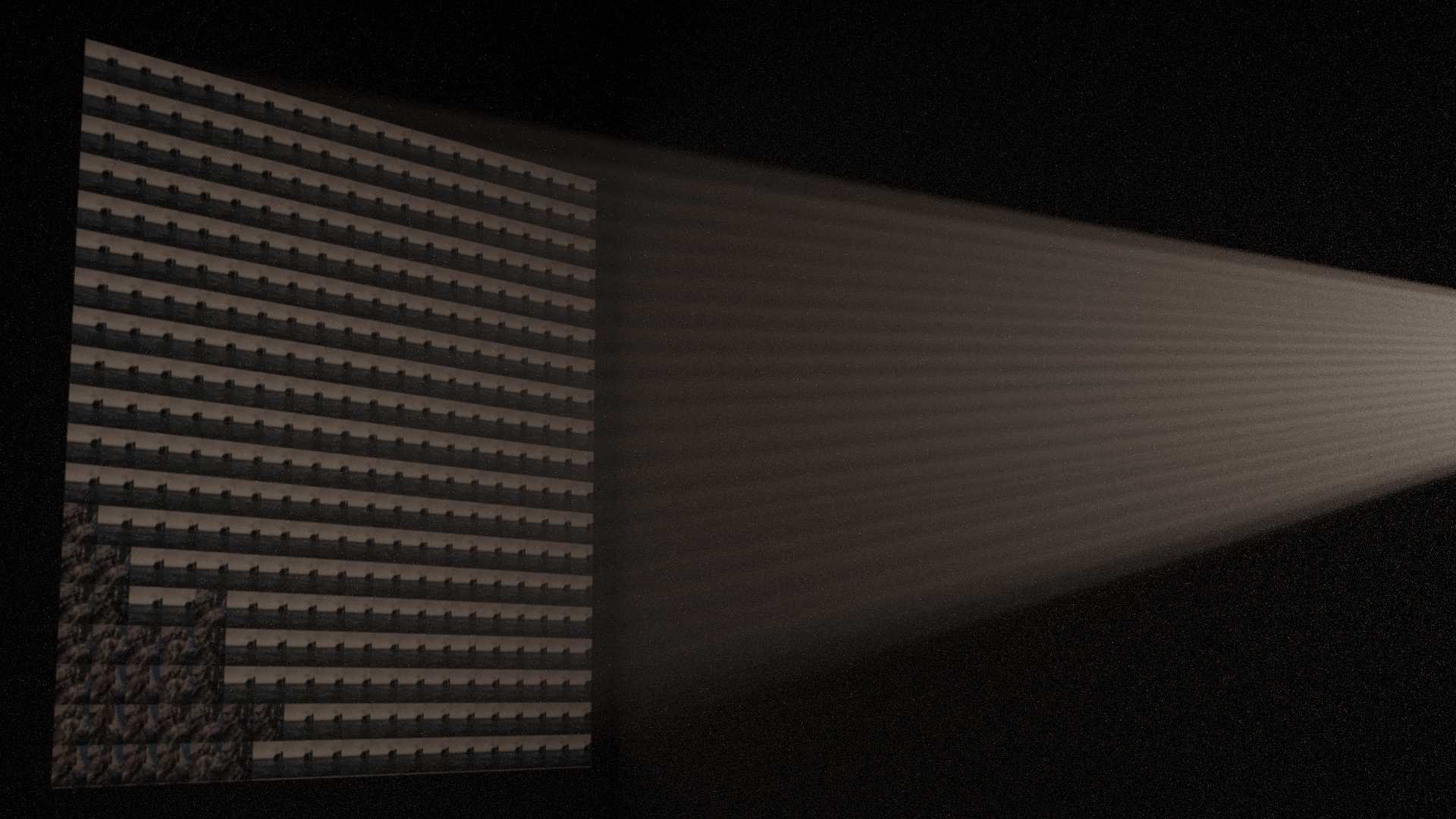
Below is a short animation of the 3D staging.